https://www.pewpewtactical.com/wp-content/uploads/2021/09/2.-Al-Capone.jpeg
In 1929, alcohol was an illegal item throughout the United States.
But a thriving bootleg liquor business sprang up underground.
And in Chicago, nobody had as much influence in the trade as gangster Al Capone.
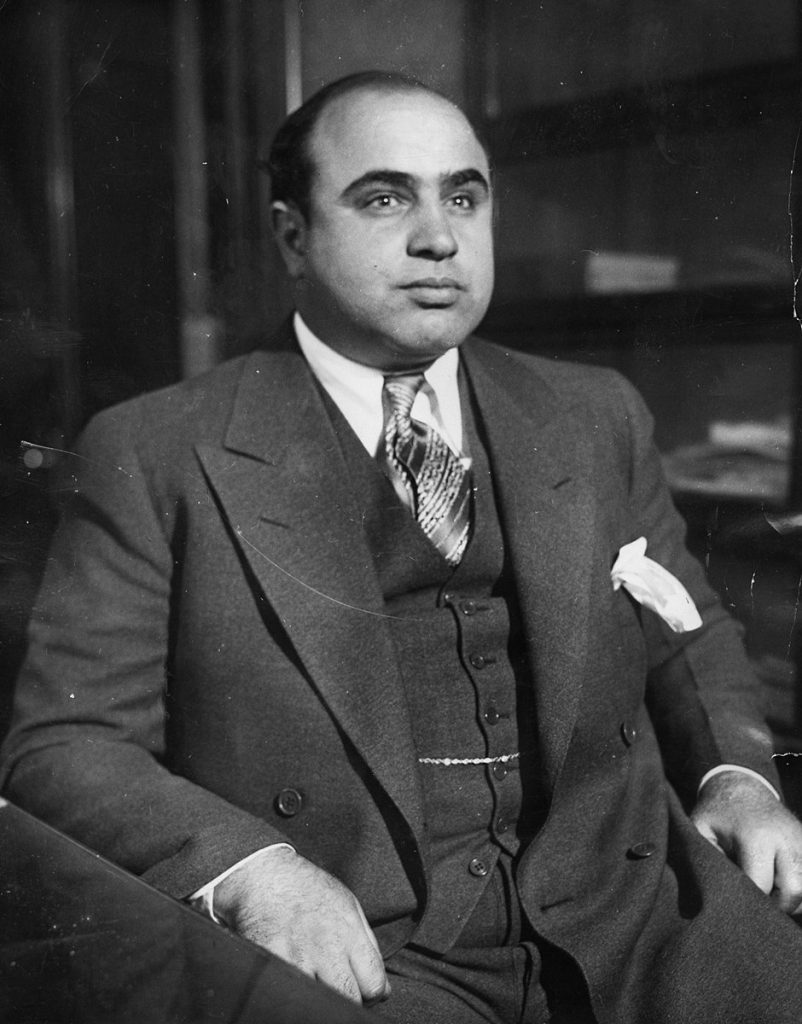
For Capone, business boomed. He pulled in roughly $85 million per year in 1920’s money — close to $1.3 billion today.
There was only one problem…Bugs Moran.
Bugs Moran
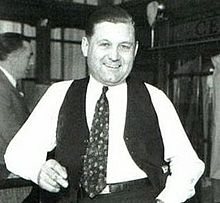
Moran’s attempts at moving into the liquor business aggravated Capone’s South Side Gang, who wanted to operate throughout Chicago, not just a section of the city.
Capone wasn’t happy…and Moran was about to make him even less so.
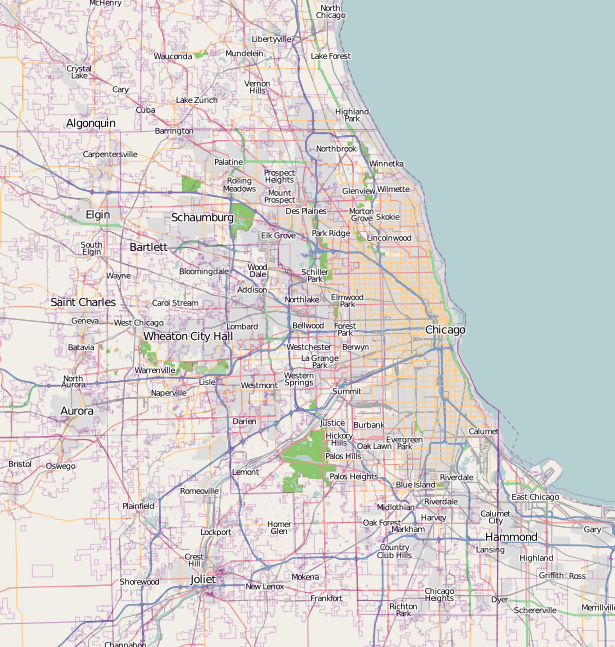
Aside from attempting to assassinate Capone’s friend and mentor, Johnny Torrio, Bugs also sent hitmen after Capone.
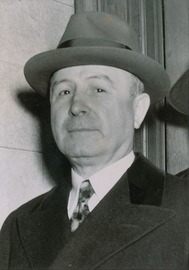
But Moran took it further, targeting Capone’s chief hitman, “Machine Gun” Jack McGurn.
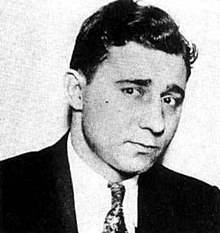
Bad blood built between the two and it culminated on Valentine’s Day 1929.
The Last Valentine’s Day
February 14, 1929 — seven of Maron’s men waited in a North Side garage for a shipment of bootlegged Canadian whiskey.
A police car pulled up with four men stepping out – two wearing police uniforms.
The police ordered Maron’s men up against a nearby wall, shoulder to shoulder. Thinking it was nothing more than a police raid, Bugs’ men complied.
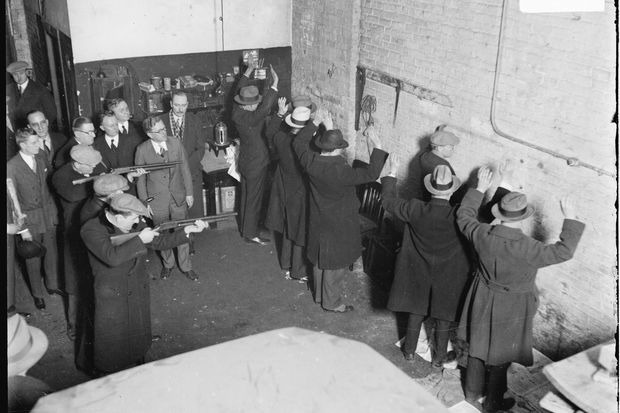
It would be the last thing they’d do.
Shots rang out from two Thompson submachine guns and a shotgun.
By the time the dust settled, all seven of the men laid dead on the ground.

Chicago Mourned
Public outcry was swift for what became known as the St. Valentine’s Day Massacre.
It proved to be a nightmare for Capone.
Before the shooting, he was seen as something of the common man’s hero — fighting against the system’s injustice.
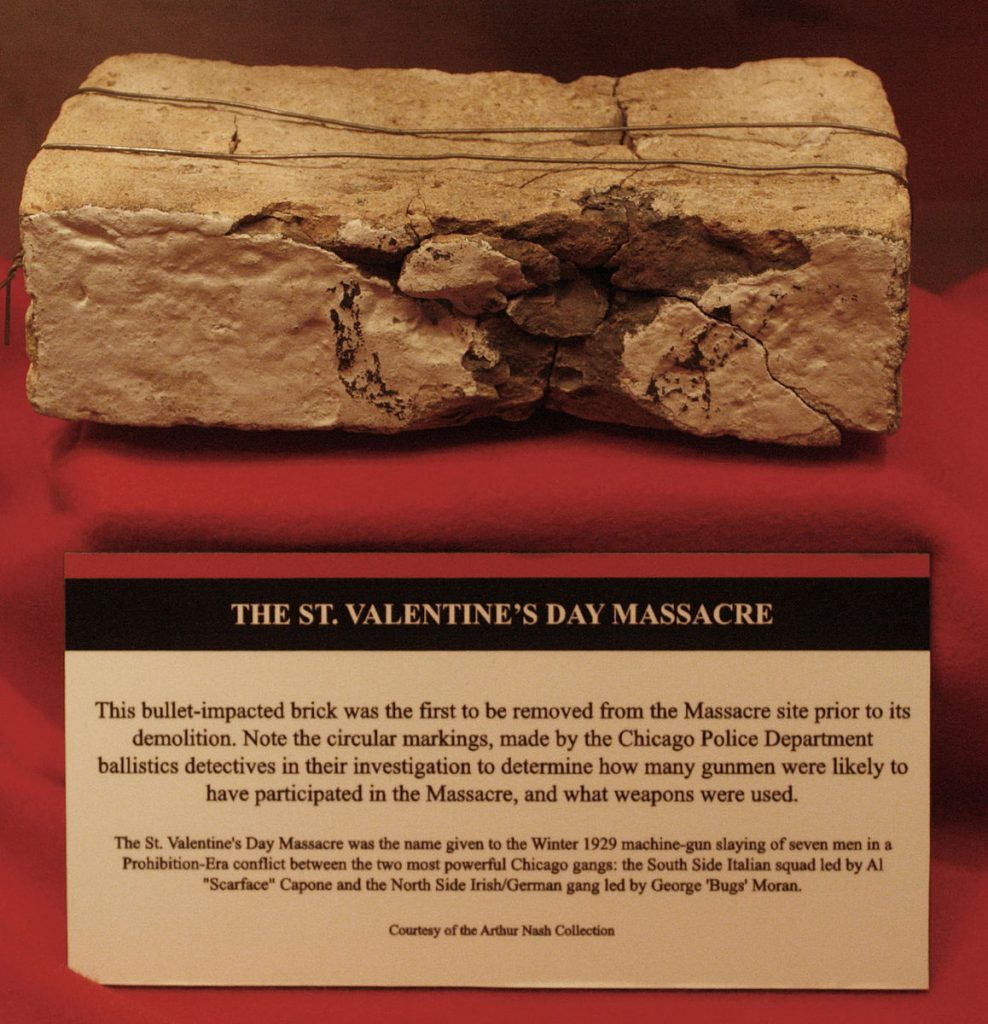
But after, Capone became a violent criminal in the public’s eye. In short, it was a public relations disaster.
Furthermore, the massacre brought down the entire strength of the federal government on Capone’s head.
Capone was in Miami during the shooting, but the blame instantly fell to him. (Though the case technically remains unsolved.)
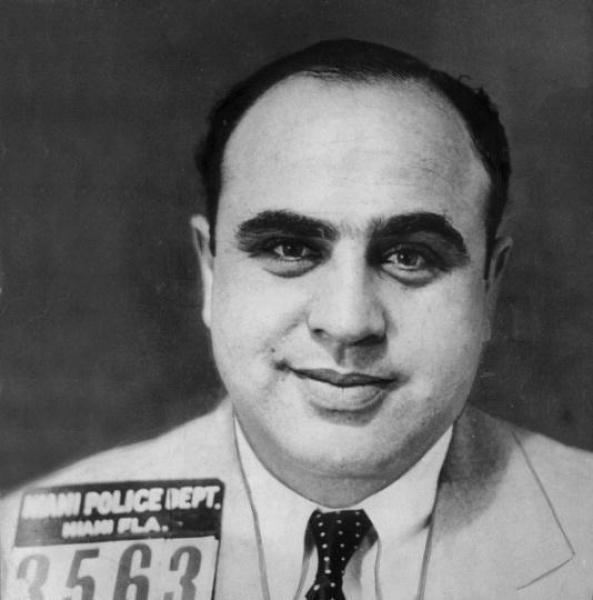
Valentine’s Day 1929 brought Capone into the limelight, and investigators seized the opportunity to lock him away.
The famed gangster was later sentenced to 11 years in federal prison for tax evasion.
This is a new style of article for Pew Pew Tactical; if you liked it — let us know in the comments! If you didn’t enjoy it…well phooey. To catch up on previous Pictures from History, click on over to our History Category.
The post A Picture from History: St. Valentine’s Day Massacre appeared first on Pew Pew Tactical.
Pew Pew Tactical











